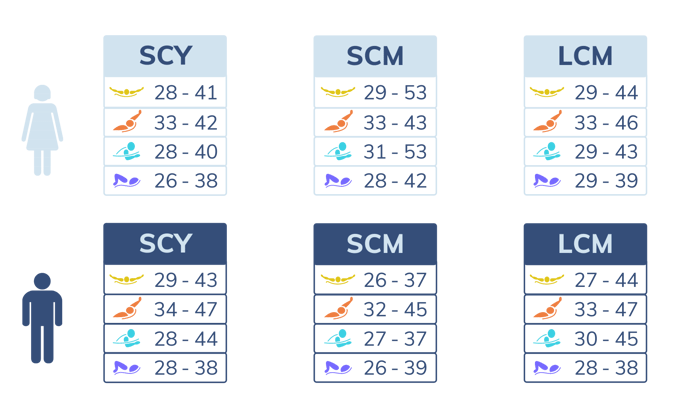Push Depth
A look at how TritonWear measures Push Depth, what is considered good vs bad, and how to improve it.
What is Push Depth?
This is the position of the head at the point when the feet leave the wall. This is a crucial metric, as it sets up your underwater phase for success.
How is it measured?
The depth of the head is recorded by the barometer sensor at the moment the feet leave the wall.
What is a good Push Depth?
Ideally, you want to be between 40-60 cm (16-23 inches) deep at the point when you leave the wall. This is when you are fully positioned for your underwater phase, as you physically leave the all, so you should be pointed slightly downward in this range.
The science here states that above 40 cm there is a lot more friction to combat due to the movement of the water at the surface, and below 60 cm there is too much time spend in upward and downward motions during the underwater portion of the next lap, wasting time and energy that could be put toward moving forward in the water.
Typical Range Chart
The chart below shows where the general population falls for Push Depth, with the values shown representing a percentage out of 100. Check out the results for each stroke type and pool length.

How to Improve Push Depth?
This is definitely a technique-driven metric, where how you are positioned as you exit your turn impacts the balance of your transition and to an extent your next laps underwater phase.
Work on tight, quick turns, and ensuring your feet hit the wall at a good depth, so your head is positioned at least 15 in (40cm) below the surface as you begin to exit your turn.
